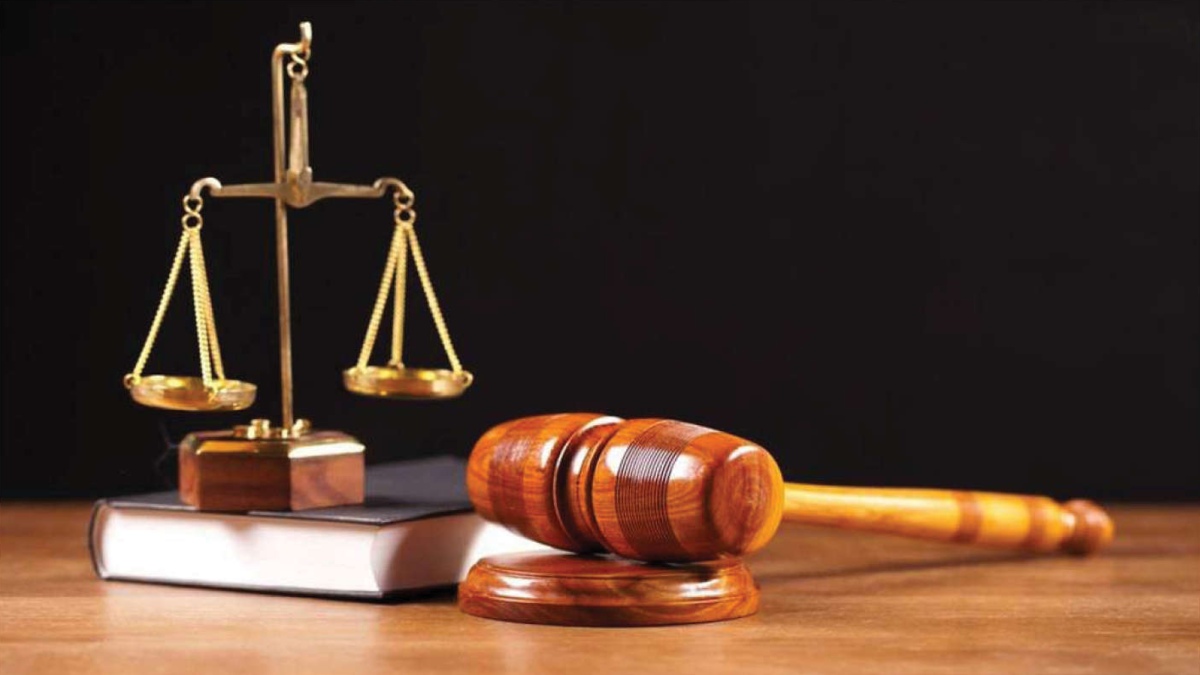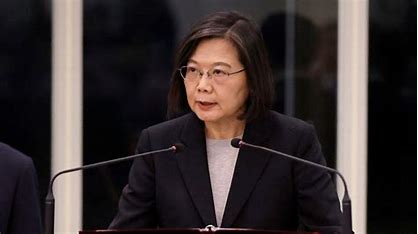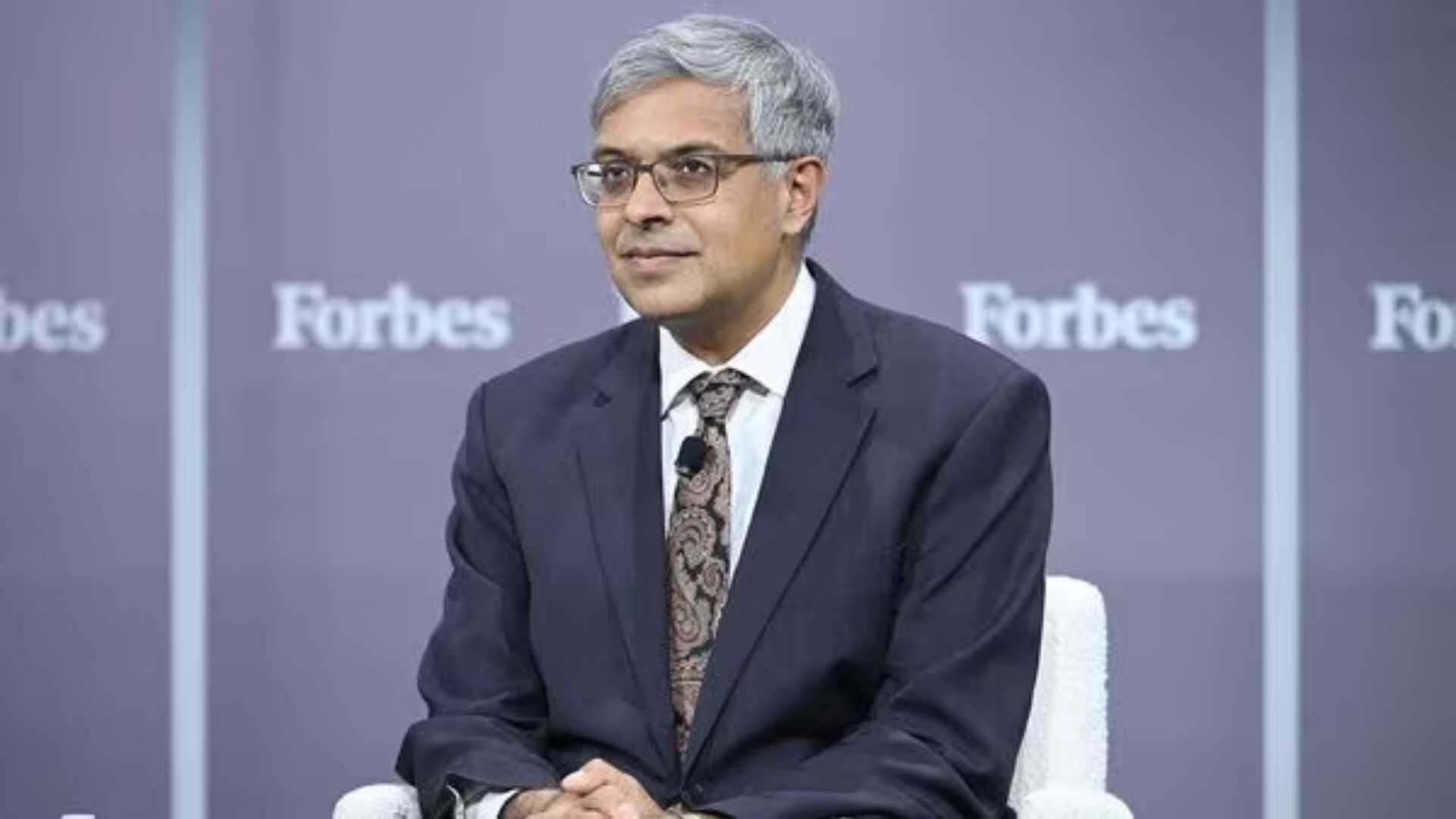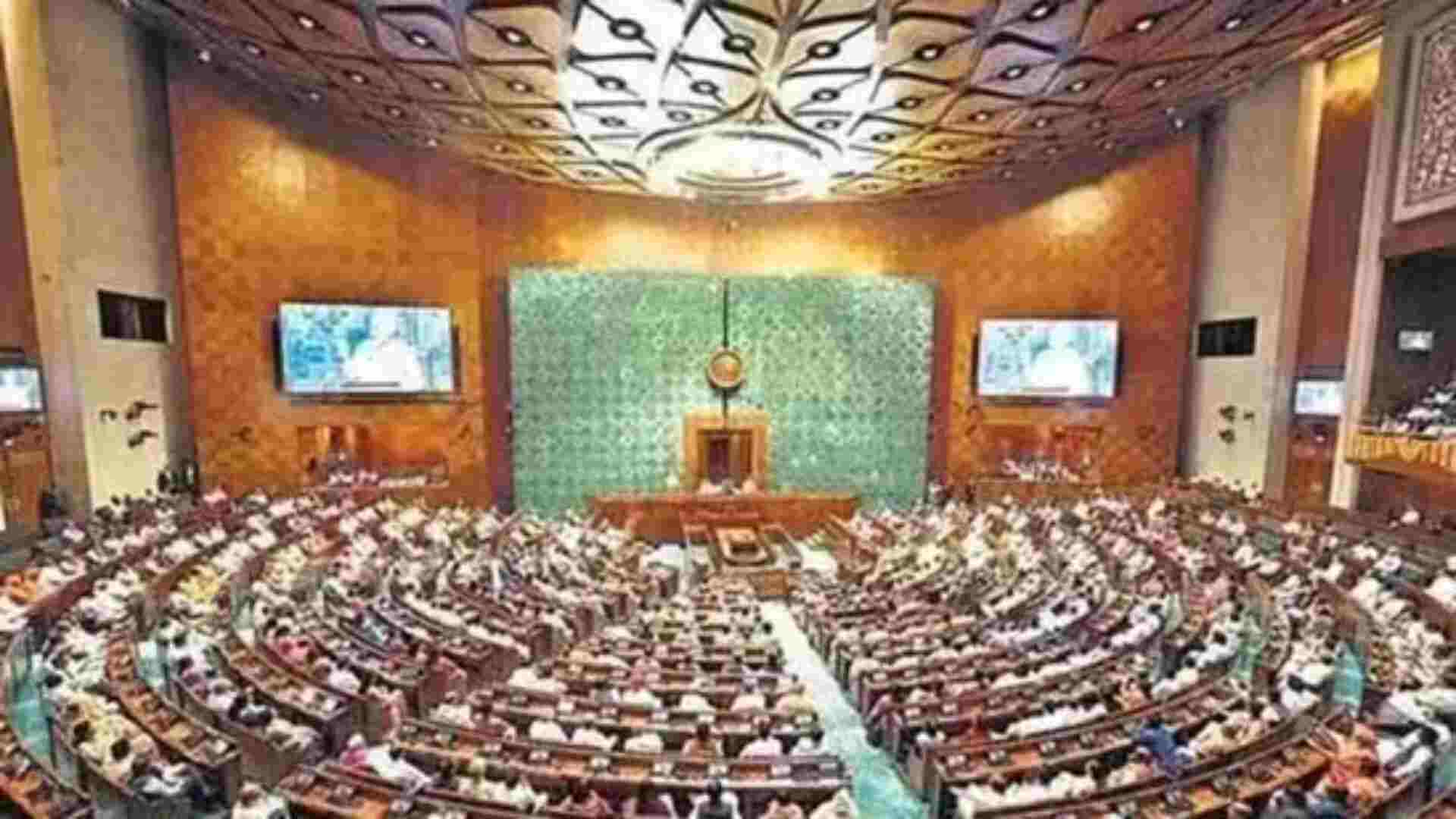
INTRODUCTION: The concept of copyright is not new; we have seen in past people copying content created by others most of the time in literal form; with the technological advancement and Internet revolution, one can access millions of websites with a click, and this has given rise to a more significant threat. In the most straightforward form, copyright can be defined as a right that gets automatically vested in the creator of the original work; the work may include literary, music etc. The copyright law comes under the ambit of Intellectual property law, with patents, Industrial design, Trademarks & Geographical Indications being other forms of IPR.

THE COPYRIGHT ACT 1957: All the disputes regarding copyright infringement are dealt with by the Copy Right Act, 1957, which came into force on 21st January 1958. The act has been amended six times, and the latest amendment was in 2012 and made it compliant to WCT and WPPT. The action protects the creator of any creative work from copying and any other form of exploitation. For illustration, if A publishes his book on the IPR, he would be given the right under this act from any content-copying without his consent. The sweat of Brow doctrine and Modicum of Creativity doctrines have been used by our judges while deciding any cases involving copyright protection issues. The Sweat of Brow Doctrine states that one is not at liberty to avail himself of the labour the other has been at to produce his work that is, in fact, merely to take away the result of another man’s struggle or, in other words, his intellectual property. At the same time, the Modicum of creativity doctrine states that copyright protection can only be granted when creativity is involved.
The act provides vast areas where copyright protection can be granted, including typographic works, literary work, dramatic work, musical work, artistic work, and films. And sound recording copyright protection. In R.G. Anand v. Delux Films, AIR 1978, SC 1613, the Hon’ble Supreme Court held that only expressing an idea can get protection, not the idea itself. The meaning of copyright has been explained in Section 14 of the Copy Right Act.
Broadly two types of rights have been provided under the Copy Right: economic and moral rights. Even after the economic rights have been transferred, the moral rights shall remain with the original author or creator. V.T. Thomas and Ors vs Malayala Co. LTD (AIR 1989 Ker 49) is a landmark Judgement dealing with the issue of ownership of the content; the court held that if any content or work has been done before starting of the employment, the exclusive copyright over the position shall remain with the employer.
WHY FIR HAS BEEN REGISTERED AGAINST SUNDAR PICHAI: Recently, an FIR has been registered against Sundar Pichai and four other persons by the Mumbai Police in a Copyright Violation case; it has been alleged that a Bollywood movie, “EK haseena thi, Ek Deewana Tha was illegally uploaded on the YouTube. Initially, police refused to file FIR under the Section 156(3) Criminal Procedure Code, 1973 Magistrate ordered to register FIR. The court found prima facie copyright infringement in said case and ordered further investigation, Section 156(3) CrPc provides, the Magistrate can exercise power to direct the police to conduct an investigation, only in respect of a cognizable offence.
WHETHER THE REGISTRATION FOR COPYRIGHT IS MANDATORY? The act doesn’t make it mandatory to register for the copyright; it is believed that copyright protection is given as soon as the work exists. The registration is said to have an extra advantage as copyright registration is valid as evidence in a court of law. Hon’ble Allahabad High court affirmed that copyright registration is not necessary to benefit from protection for copyright infringement in Nav Sahitya Prakash & Ors. Vs Anand Kumar & Ors. (AIR 1981 All 200.)
Further, Section 44 of the Copyright Act, 1957 “Directs the copyright office to maintain a registration register with the title of work and author details. Section 48 of the act makes the Register of copyright admissible as evidence in any court of law, hence most of the time, authors for the extra layer of security and protection.
TERM OF COPYRIGHT: According to the WTO agreement on Trade-Related Aspects of Intellectual Property Rights (TRIPS), a minimum of 50 years of copyright protection should be provided from the publication date. It is worth mentioning that Section 3 of the act defines Publication as making a work available to the public by issue of copies communicating to the public. Work can be art, movie or literature, etc. According to the provision of the act, and author of an original literary, dramatic, musical and artistic work gets copyright protection for his lifetime and 60 years after his demise from the work’s publication date.
INFRINGEMENT AND EXCEPTION OF COPYRIGHT: Section 51 of the act defines infringement as unauthorised use of original work or any unauthorised reproduction or distribution of the work without the prior lawful consent of the original author. It is also a well-established principle that infringement can be of moral rights; it’s unnecessary to have an economic loss to prove infringement.
Meanwhile, the act also provides exceptions, including public domain work, use of educational and non-commercial purposes, e.g. research, teaching, etc. (Fair Use Doctrine)
REMEDIES: The act provides for Criminal, Civil and Administrative remedies. Criminal remedies include imprisonment and fine, and the gravity of punishment increases with the subsequent offences. The offence under this section is cognisable, i.e. officer above sub-inspector rank can arrest without a warrant and seize copies of the original work. Civil remedies include injunctions, i.e. temporary or permanent or interlocutory.
LANDMARK JUDICIAL PRONOUNCEMENTS REGARDING COPYRIGHT INFRINGEMENT LAWS:
Myspace Inc. v. Super Cassettes Industries Ltd. (2015)
This is a famous case of online copyright infringement. SCIL is a well-known T-series in India famous for recording audio and video cassette production and one of India’s most prominent music companies. In contrast, Myspace is an internet service provider that claims to be an Internet Intermediary functioning in entertainment and networking websites. It is a platform that provides and offers free of cost an interactive user-submitted network of Music, videos, friends, messaging services etc. Mere browsing the content of Myspace does not require registration, but if a user chooses to upload content on the website, they are required to register mandatorily, which is governed by Myspace.com. All the terms and privacy policy oblige to respect the Intellectual property right of others and refrain from uploading any content that infringes any copyright, Patent, trade secret of any person or entity. If Myspace is found, the content in violation of its user terms can be removed immediately. In January 2008, MySpace offered SCIL the option of registering for its Rights Management Tool on its website. Upon discerning infringing content on Myspace’s website, SCIL issued a legal notice dated 20.02.2008 to remove uploaded and displayed and claim damages for infringement. On 12.03.2008, Myspace replied to the information while assuring SCIL that the infringed content had been removed and placed in the “copyright filter” to prevent further infringement. After this, both parties tried to settle the issue amicably but were unsuccessful, which led to the institution of the suit by SCIL.
ISSUES INVOLVED IN THE CASE
Is there a copyright violation by the Intermediaries in the present case or not?
Whether the honourable court has rightfully analysed the order?
Whether the present case of Intermediaries in copyright law?
HELD: The court has observed that the issue of this case is of secondary infringement. Section 51(a)(ii) of the copyright act should be referred which permits for profit to be used for communication of the work to the public and where such communication constitutes a violation of the copyright in the job unless he was not aware and had no reasonable ground to believe that such violation would amount to copyright violation. The Honourable court has observed the following below-mentioned points:
Myspace owns a platform wherein third-party users can upload and view their content. It is only a provider of a place, and with its website, it can communicate various kinds of content. It generates revenue and profit, satisfying the first part of the above provision.
The second issue of the case is that is there is any copyright infringement or not. The court has observed that general awareness attributes knowledge. In the present case, Myspace must possess specific knowledge of the infringing content provided on its website/platform from the original content owner. In the absence of any particular knowledge, Myspace cannot remove the content from its platform, thus resulting in infringement of the doctrine of Copyright law.
The court held that there is no direct infringement of Copyright by Myspace, and the observation of a single judge is set aside. It was concluded that sections 79 and 81 of the Information Technology Act, 2000 and 51(a)(ii) of the Copyright Act, 1957 should be read together. In the case of Internet Intermediaries, Section 51(a)(ii) of the copyright act states actual knowledge, not real awareness and imposes liability on an intermediary. The conditions mentioned under section 79 of the IT Act should be read together and satisfied. In the case of Internet intermediaries, the relief should be given on actual content infringement by the other party.
In the Judgement given by the US Supreme court in Viacom V. YouTube (2007), Viacom right violated YouTube for its work. In this case, the court observed the doctrine of fair use. It stated that even if the violation in the suit is in a small fraction posted by others on the Internet, it is not possible to determine whether the owner has licensed the user or if the copyright owner’s work is authorised or not. The Burden of proof is on the owner to identify the violation. It also stated that the general knowledge is standard, and it does not impose a duty on the internet service provider to inspect every content on the platform. In the case of MGM Studios Inc. V. Grokster (2005), the US Supreme court had laid down a test to determine the violation by the software if it shows the positive approach taken to motivate violation to be held liable for the Infringement by the third party.
CONCLUSION: The Judicial trends mentioned above demonstrate a weak understanding of how online platform functions, especially the role played by the intermediaries in providing access to the internet. It is still ambiguous why the standard of intermediary liability under the copyright is not the same as those under the IT Act. The provision under section 79 of the IT provides a right of censorship for the private intermediaries that act at the instance of any government agency or private individual. On the other hand, section 51 of the Copyright Act raised a question of their application to specific intermediaries. Section 79 and 81 of the Information Technology Act, 2000 and section 51(a)(ii) of the Copyright Act, 1957 should be read together. In the case of Internet Intermediaries, Section 51(a)(ii) of the copyright act states actual knowledge, not real awareness and imposes liability on an intermediary. The condition mentioned under section 79 of the IT Act should be read together and satisfied. The recent amendment is a step to protect online copyright infringement on online platforms and provide safe space for online content creators.
All the disputes regarding copyright infringement are dealt with by the Copy Right Act, 1957, which came into force on 21st January 1958. The act has been amended six times, and the latest amendment was in 2012 and made it compliant to WCT and WPPT. The action protects the creator of any creative work from copying and any other form of exploitation. For illustration, if A publishes his book on the IPR, he would be given the right under this act from any content-copying without his consent. The sweat of Brow doctrine and Modicum of Creativity doctrines have been used by our judges while deciding any cases involving copyright protection issues.















